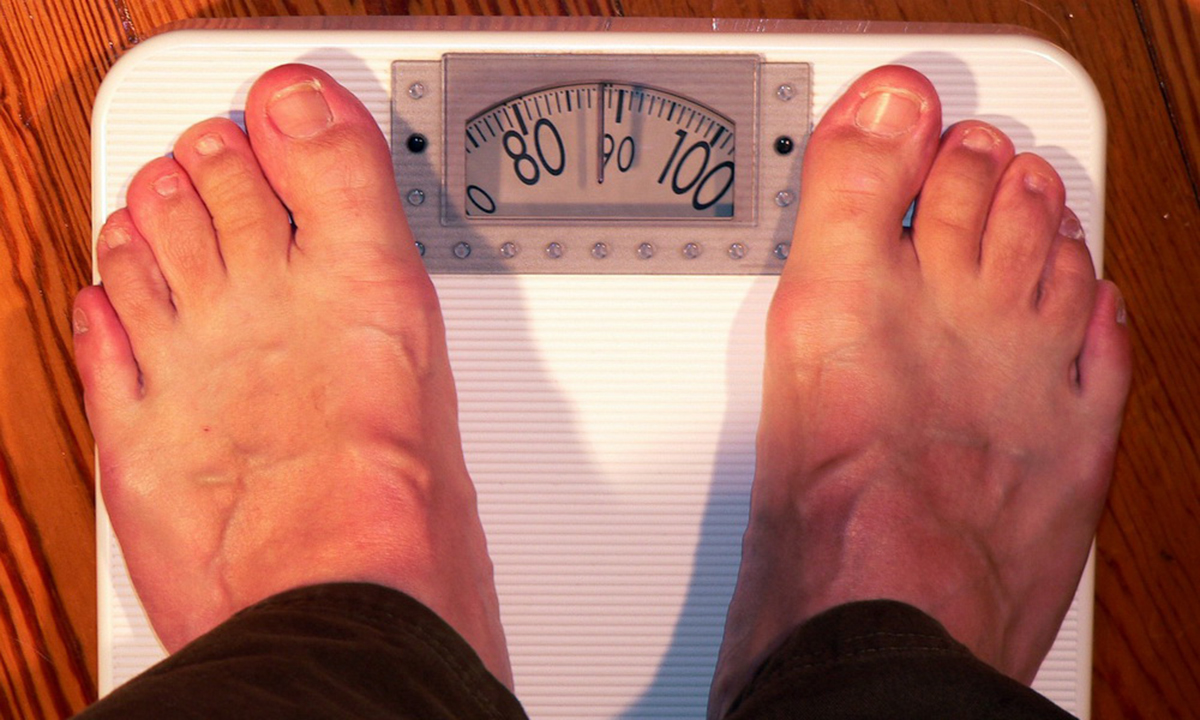Table of Contents
So if BMI isn't a good measurement of metabolic health, and waistline isn't a good measurement of metabolic health, what is?

Dr. Margaret Ashwell, a nutritionist and former science director of the British Nutrition Foundation, says the most useful measurement is the ratio of waistline to height, which is usually abbreviated WHtR. If the ratio of your waistline to your height in less than 0.5, then chances are than you don't have a high risk of cardiovascular disease.
This means that if you are 2 meters (200 cm) tall (you're really tall, but very convenient for our example), but your waistline was 95 cm, your WHtR of 95 cm divided by 200 cm or 0.475 indicates you are not overfat, and you are not at increased risk of heart disease. However, if you are 2 meters (200 cm) tall, and your waistline is 105 cm, then your WHtR of 105 divided by 200 or 0.525 indicates you are at elevated risk of heart disease.
And it isn't necessary for the patient to get on the scales to do the calculation.
Most People Who Have High BMI or High WHtR Aren't Sick
Just having a high BMI or a high WHtR doesn't mean you are doomed to have heart disease. In fact, before the age of 50, most people who have high BMI or high WHtR don't have any metabolic symptoms of heart disease at all. After the age of 50, however, it might be time to start getting back on the scales again.
A study in Ireland called the Cork and Kerry Diabetes and Heart Disease Study tracked the health of 2047 people aged 50 to 69. After adjusting for alcohol use, smoking or not smoking, exercising or not exercising, age, and gender, the Cork and Kerry Diabetes and Heart Disease Study found that it was people who had both high BMI and high WHtR who were most likely to have significant metabolic problems.
See Also: Being Overweight And Obesity Increase Risk For Heart Attack
But when people in the study had both high BMI and high WHtR:
- 17% were diagnosed as prediabetic,
- 34% were found to have multiple lab tests indicating heart disease risk factors,
- 55% were found to have insulin resistance, and
- 81% were found to have high blood pressure.
All of these correctable problems contribute to heart disease. If you have high BMI and high WHtR, and you're over 50, sorry, you need to see your doctor every 3 months to make sure cardiovascular problems are kept under control and to make sure you aren't developing type 2 diabetes. (Testing your HbA1C gives an early warning signal of the appearance of diabetes, as does testing postprandial, or after-meal, blood sugar levels.) But if the issue is just your weight, or just your BMI, the need for medical followup isn't as urgent.
We don't recommend that anyone stay obese when it's possible to lose weight. But if you can't lose weight, maybe you can at least stay active enough to stay just a little trimmer. And that might make the critical difference in your heart health.
- Savva SC, Lamnisos D, Kafatos AG. Predicting cardiometabolic risk: waist-to-height ratio or BMI. A meta-analysis. Diabetes Metab Syndr Obes. 2013 Oct 24. 6:403-419. eCollection 2013. Review. PMID: 2417937
- Photo courtesy of U.S. Army Corps of Engineers Europe District by Flickr: www.flickr.com/photos/europedistrict/4537909259/
- Photo courtesy of geralt by Pixabay : pixabay.com/en/horizontal-bathroom-scale-weight-162952/


Your thoughts on this